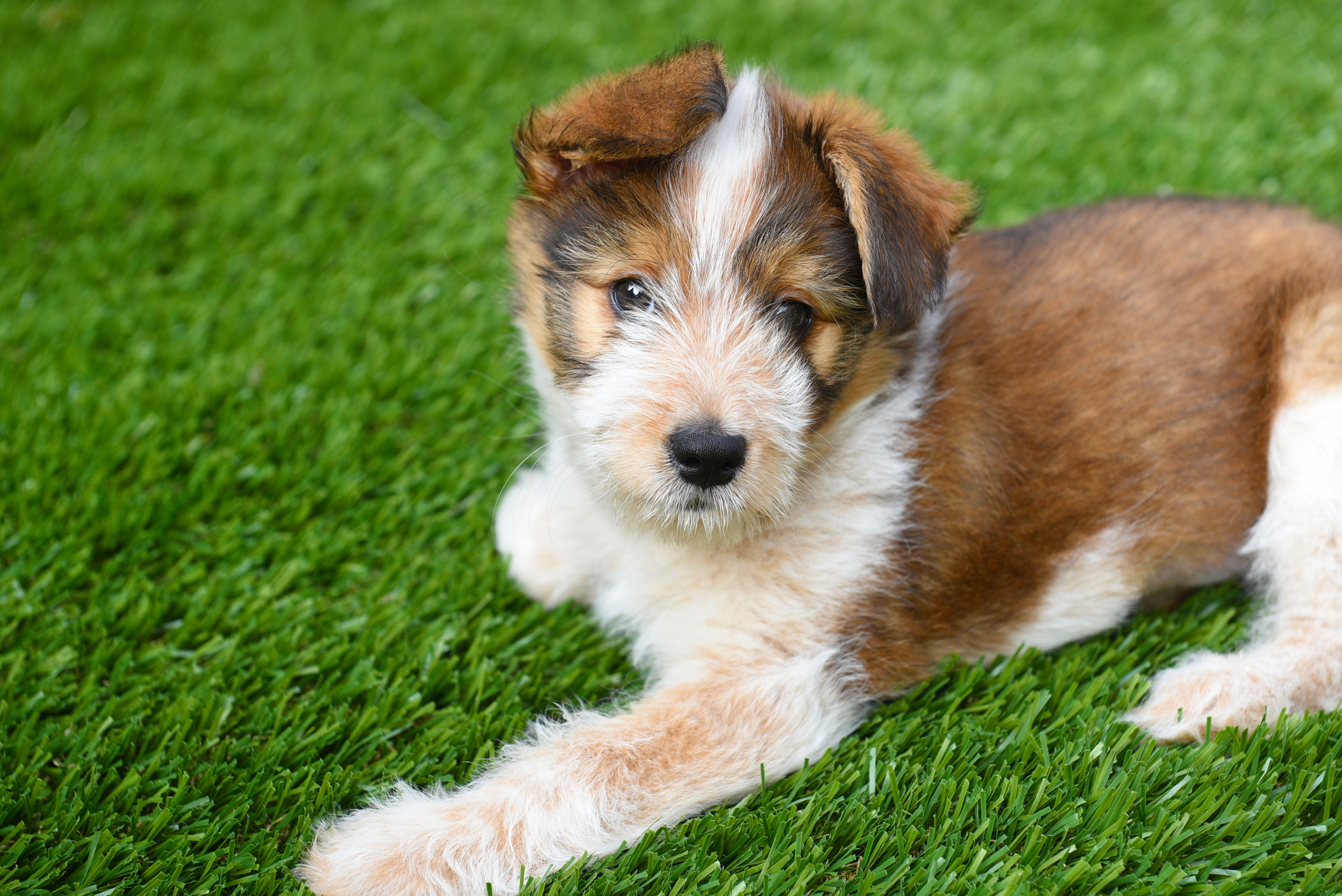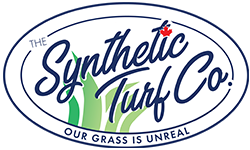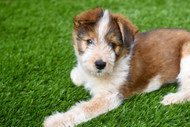Are There Any Downsides to Synthetic Grass for Dogs?
Posted by The Synthetic Turf Co. on 2021 Dec 1st

There are countless uses for synthetic grass, and one of the most common is for dog runs or backyards in homes with pets, as well as dog parks and pet boarding facilities. The minimal maintenance required for an artificial lawn makes it an attractive option for pet owners and pet service providers. Before you make the switch, though, it is important to understand the potential drawbacks of using turf in dog areas. Call us today for a consultation.
Can Become Hot Underfoot
Some artificial grass varieties can heat up in the sun, resulting in a hot surface that can be uncomfortable for your dog's sensitive paws. Higher-end turf products often incorporate cooling technology to minimize this problem, so be sure to verify that the synthetic grass you have chosen will stay cool on hot days. You will likely need to pay a bit more per square foot for this feature, but it is well worth the extra cost to keep your beloved pet safe and comfortable.
Potential Digging Damage
Some dogs enjoy digging as a form of play, and excessive digging can damage your turf over time. However, this is really only a risk for dogs who like to dig extensively. While extreme digging can rip the synthetic grass and its underlying layers, artificial turf products intended for pet use are designed to withstand the digging habits of the average dog. If your dog is a big-time digger, you may wish to work with a dog trainer to teach your pooch other ways to play or guide it to only dig in areas outside your synthetic grass.
Lingering Pet Waste Smells
Synthetic grass is designed to drain well, so it is perfectly fine for your pet to urinate and defecate on it. For solid waste, simply scoop it up as you normally would and throw it away. Liquid waste will drain out underneath the turf, but it’s possible that a bit of an odor may linger afterwards. To minimize any undesirable smells, hose off your synthetic grass regularly. This will rinse away any remaining pet waste, taking the odor along with it. For stubborn odors, rinse with a mix of water and vinegar periodically to deep-clean and deodorize your turf.
Benefits Outweigh the Drawbacks
Although there are a few potential pitfalls to using artificial grass for dogs, the benefits more than make up for them. Synthetic grass is highly durable, so you and your pet can enjoy it for many years to come. You'll have plenty of time for all that fun too, as there is minimal maintenance and upkeep required. Instead of spending your weekends mowing a natural lawn and filling in bare patches from digging, you can enjoy actually using your lawn with your pup.
Make the Switch!
If you are still unsure whether synthetic grass is right for your home or pet care facility, our team is here to help. We'll take the time to answer your questions and help you make the best decision for your needs and budget. Reach out to our team today to get started. Your pet will thank you!

